According to provisional data released by the government, India’s finished steel imports increased to 5.7 million tonnes in April-October, reaching its highest level in the last seven years. Despite being the world’s second-largest producer of crude steel, the country has increased its dependence on imports due to high demand in the infrastructure and automotive sectors.
While India’s finished steel consumption broke the record with 85.7 million tonnes, finished steel production increased by 4.4% to 82.7 million tonnes, and crude steel production increased by 3% to 84.9 million tonnes. However, India’s finished steel exports fell to 2.8 million tonnes, the lowest level in the last seven years.
When we look at the October data alone, we see signs of positive change in the steel trade. India’s steel exports rose by 11% to 0.44 million tonnes in October from 0.4 million tonnes in September, signaling a recovery in the export market. On the other hand, imports fell by 4% to 980,000 tonnes in October, the first time in the 2024-25 financial year. This decline, especially due to restrictions on low-quality steel imports from Vietnam, provided a price advantage to domestic producers.
Senior officials from the Steel Authority of India Limited (SAIL) stated that the prices of long steel products have increased compared to September levels and that there has been an improvement in the domestic steel market.
In a meeting with investors, JSW Steel CEO Jayant Acharya said that the sharp price decline experienced after imports reached record levels in September has started to recover.
India’s steel production is expected to reach 152 million tonnes in FY2024-25, driven by investments in major infrastructure projects. With the construction sector and urbanization supporting demand, India is expected to further strengthen its role in the global steel market.


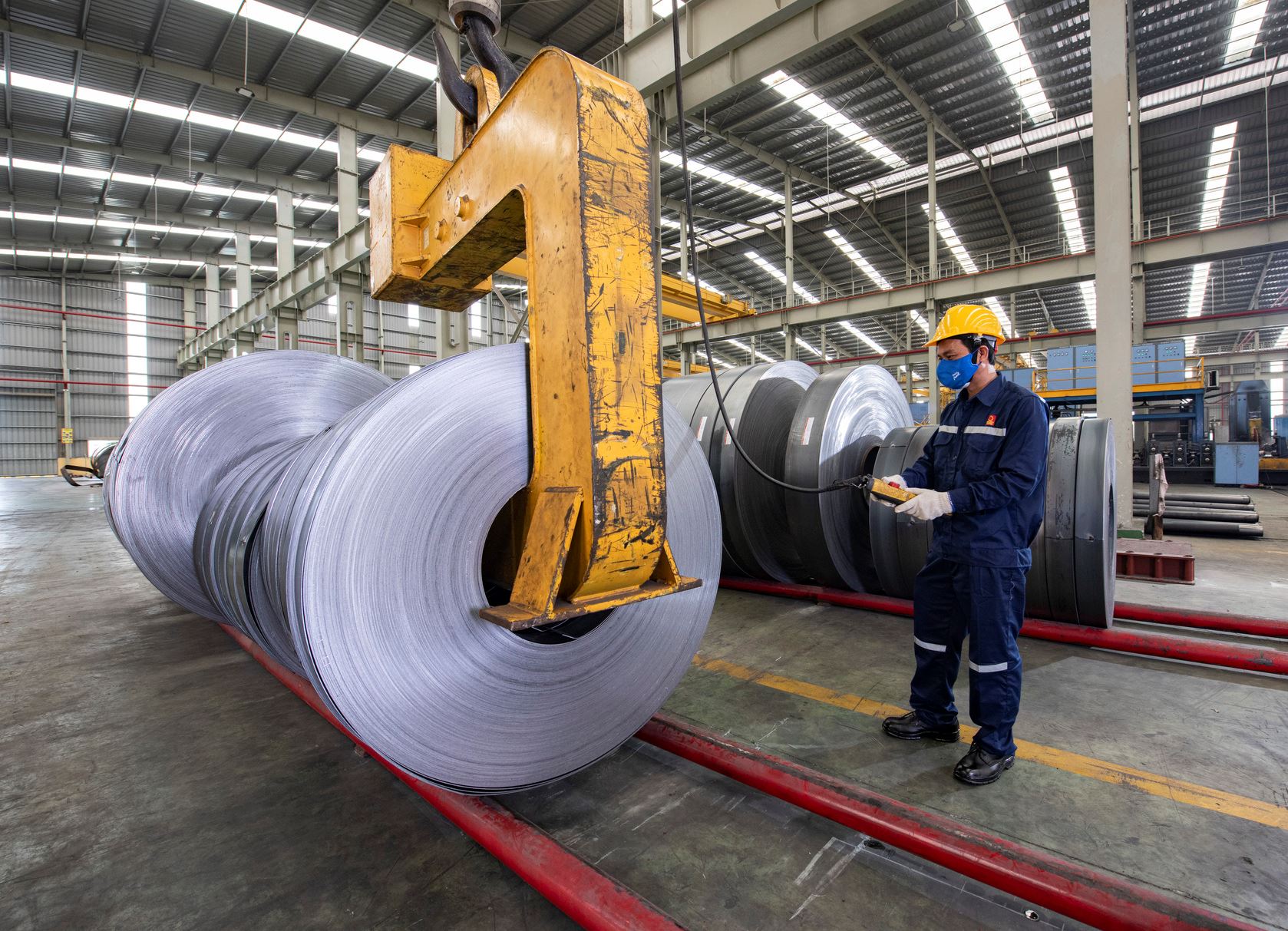
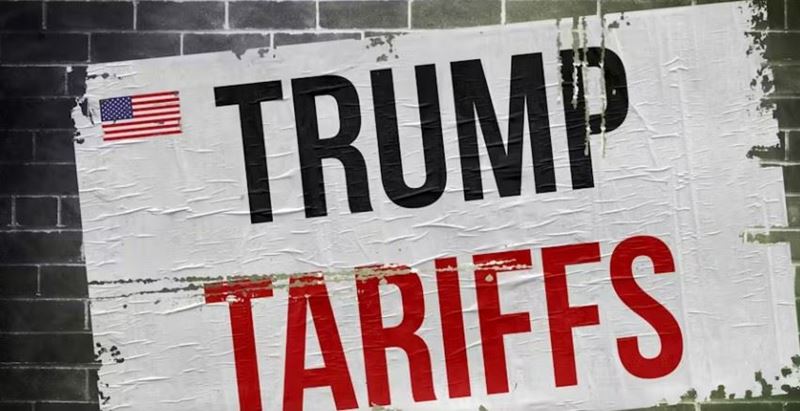
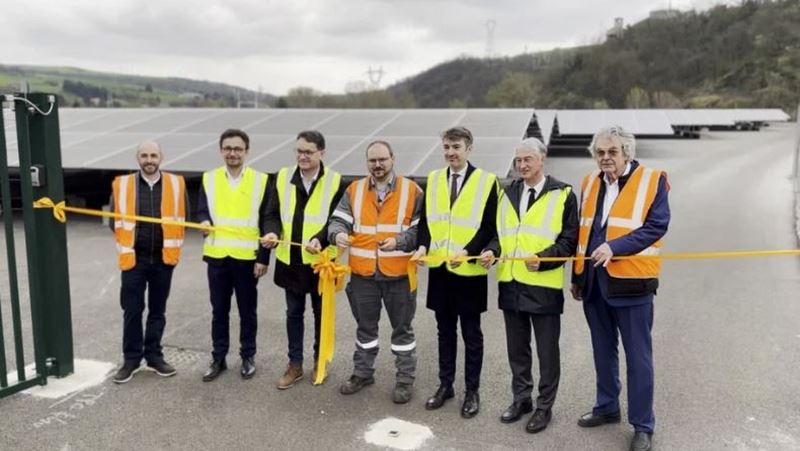
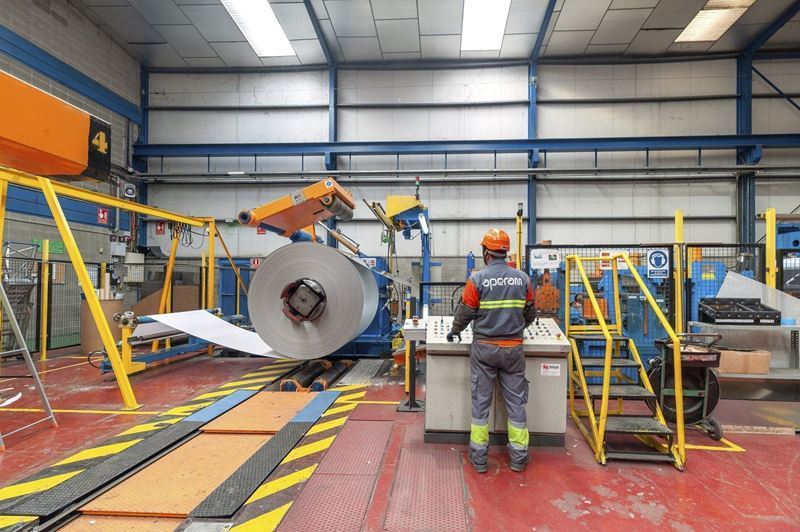

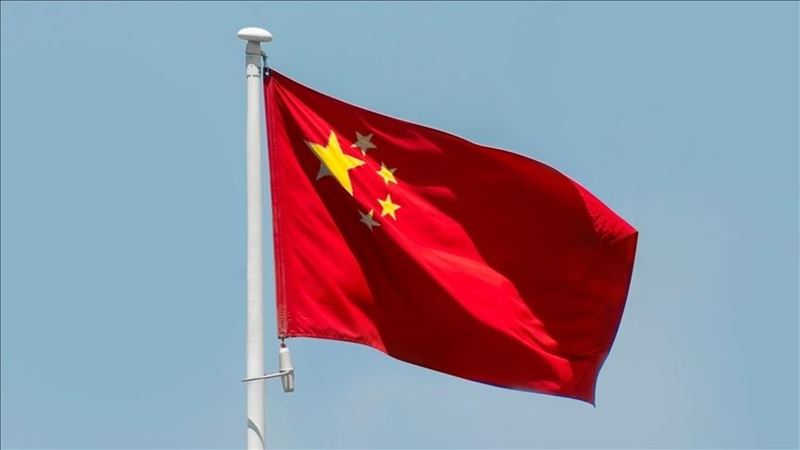

Comments
No comment yet.